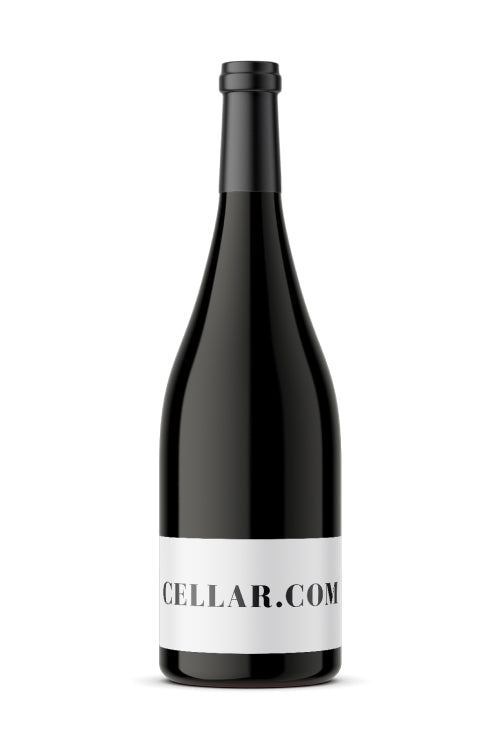1
/
of
1
Imperial 202 Brut - NV (750ml)
Imperial 202 Brut - NV (750ml)
Regular price
$24.99
Sale price
$24.99
Regular price
$29.99
Unit price
/
per
Availability:
2 In Stock
$25 Shipping on Orders +$299
Couldn't load pickup availability
Share :

- varietal
- Region
- Sub - Region
- Type
- Reviews
Its adaptability to different soils and climates, and malleability in the wine room make Chardonnay one of the most popular and ubiquitous grapes. Responsible for some of the world’s most thrilling white wines wines including Champagne, it is in its homeland of Burgundy with villages such as Chablis, Meursault and Puligny-Montrachet that producers craft arguably some of the world’s finest wines. Chardonnay is also synonymous with California, where it can display riper, tropical fruit flavors, rather than the more restrained stone fruit and steely, mineral qualities often associated with its Old World and cool climate counterparts. While there are terrific fresh and vibrant Chardonnays made solely using stainless steel, the grape also knits terrifically well with oak, lending greater depth and weight in the form of a nutty, toasty and somtimes buttery component.
Mendoza is Argentina’s most important wine region, responsible for two-thirds of the country’s overall wine production. Located on the eastern side of the Andes Mountains along the Chilean border, vineyards in Mendoza are grown in some of the highest altitudes in the world. Mendoza did not play a significant role in the wine industry until the late 19th century when an immigration trend brought large amounts of Southern Europeans with significant wine knowledge to the region. This elevated Mendoza to world-wide recognition and established it as the fifth largest wine region in the world. While Malbec grows exceptionally well in this region, Mendoza in also known for producing Tempranillo, Cabernet Sauvignon, Chardonnay and Torrontés.
The Prosecco Superiore zone sits tucked in an amphitheater like valley between the towns of Valdobbiadene and Congeliano. Little more than a hours drive north from Venice the picturesque rolling country side forms the foothills of the imposing Dolomite mountain range which are just in view on the horizon. The moderate continental climate provides ideal climate allowing the grapes to ripen slowly, while retaining acidity, over the summer until a relatively late harvest in October or even early November. The 260 acre hillside vineyard called Cartizze is referred to as the Grand Cru of the region offering some of the regions richest examples. While serving as a fine aperitif, their medium sweet level of sweetness and pronounced nose of ripe peaches and nectarines make them a great accompaniment to desserts and sweet pastries, as well as mildly spiced savoury dishes.
Sparkling wine is a wine with high levels of carbon dioxide in it making it bubble. The carbon dioxide is a result of natural fermentation, either in a bottle or a specially designed tank, or as a result of carbon dioxide injection.Sparkling wine is usually white or rosé but there are many examples of red sparkling wines. The sweetness of sparkling wine can range from very dry "brut" styles to sweeter "doux" varieties.When one thinks of sparkling wine they usually think of Champagne, but this wine is exclusively produced in the Champagne region of France and many sparkling wines are produced in other countries and regions. Most countries reserve the word Champagne for a specific type from the Champagne region of France. The French terms "Mousseux" or "Crémant" are used to refer to sparkling wine not made in the Champagne region. German and Austrian sparkling wines are called Sekt. The United States is a significant producer of sparkling wine with producers in numerous states. Recently the United Kingdom, which produced some of the earliest examples of sparkling wine, has started producing sparkling wines again.


